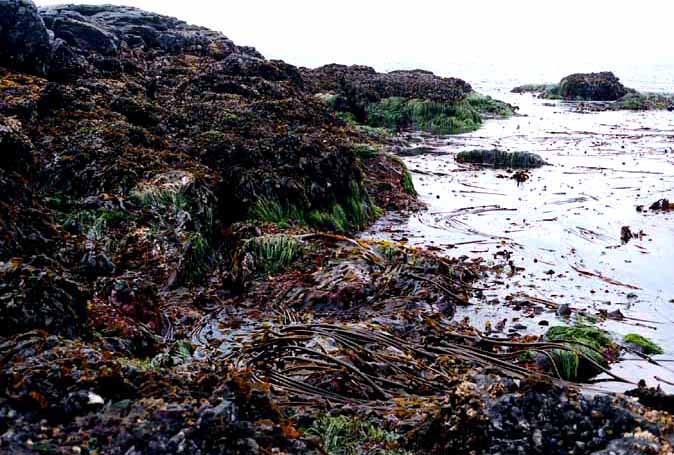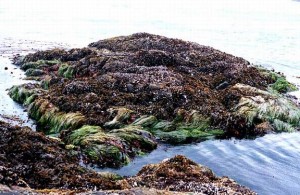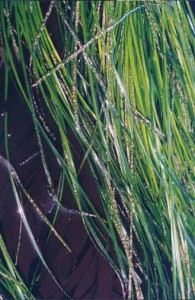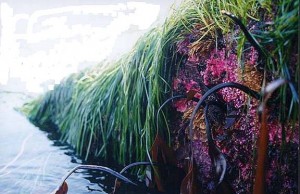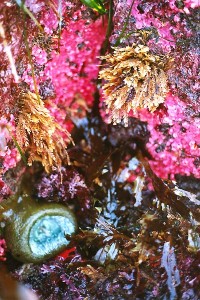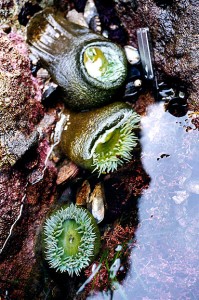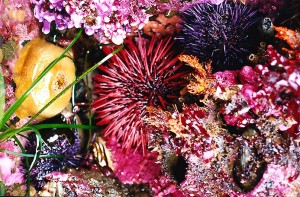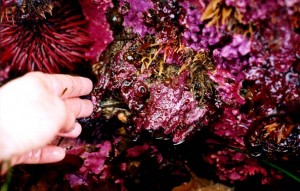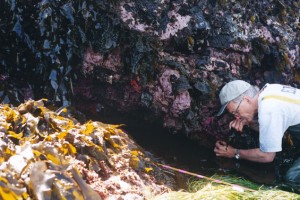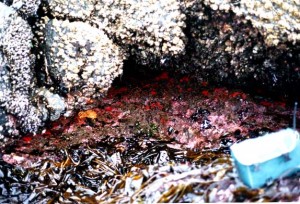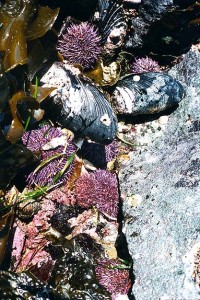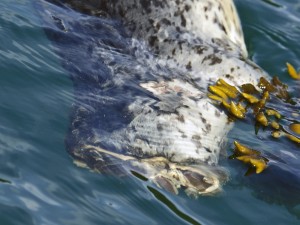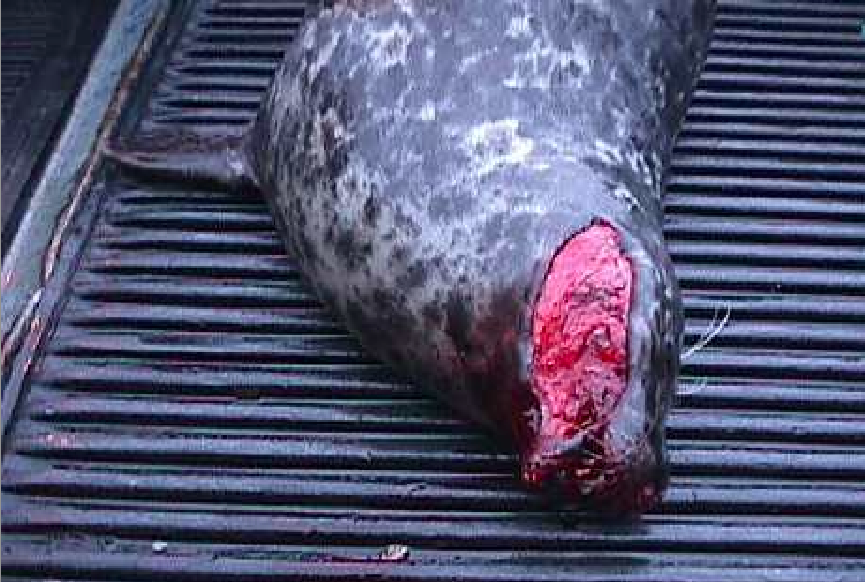Scott Wallace did research in 1997 and 1998 at Race Rocks with Pearson College divers. He studied the population dynamics of the Northern Abalone,Haliotis kamtchatkana. His research was done as part of a PhD thesis in Resource Management from the University of British Columbia in Vancouver.
Wallace, S. S. 1999. Fisheries Impacts on Marine Ecosystems and Biological Diversity:
The role for marine protected areas in British Columbia. Ph.D. Dissertation. The University of British Columbia. Pp. 198.
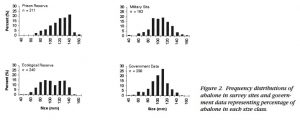 Conservation Biology, Vol 13 No 4, August, 1999, pages 882-887.
Conservation Biology, Vol 13 No 4, August, 1999, pages 882-887.
ABSTRACT: :Marine reserves have been suggested as tools for assisting the management of fisheries by protecting vulnerable marine species from overexploitation. Although there is a theoretical basis for believing that marine reserves may serve as management tools, there are few marine reserves in the world in which to test their effectiveness. My research evaluated three forms of marine reserve on the south coast of Vancouver Island, British Columbia, Canada. I used northern abalone (Haliotis kamtschatkana), a severely depleted shellfish in this region, as an indicator of the effectiveness of the reserves. Abalone populations in eight sites receiving different degrees of spatial protection were counted and measured in situ during the spring of 1996 and 1997. In all sites with enforced harvest closures, populations of abalone were greater, and one site with nearly 40 years of protection had on average much larger (older) abalone. Reproductive output, as a function of abundance and size, was also greater in the enforced reserve areas. Larval dispersal from reserves, and hence the benefit to exploited areas, was not formally surveyed. Nevertheless, the results of my study, combined with knowledge of present abalone populations, life history, and regional hydrodynamics, suggest that establishment of reserves is justified in the absence of perfect knowledge of larval dispersal. (Link to fulll article)
See the Abalone taxonomy file for videos of Scott’s work.
https://www.racerocks.ca/haliotis-kamtschatkana-northern-abalone-the-race-rocks-taxonomy/
